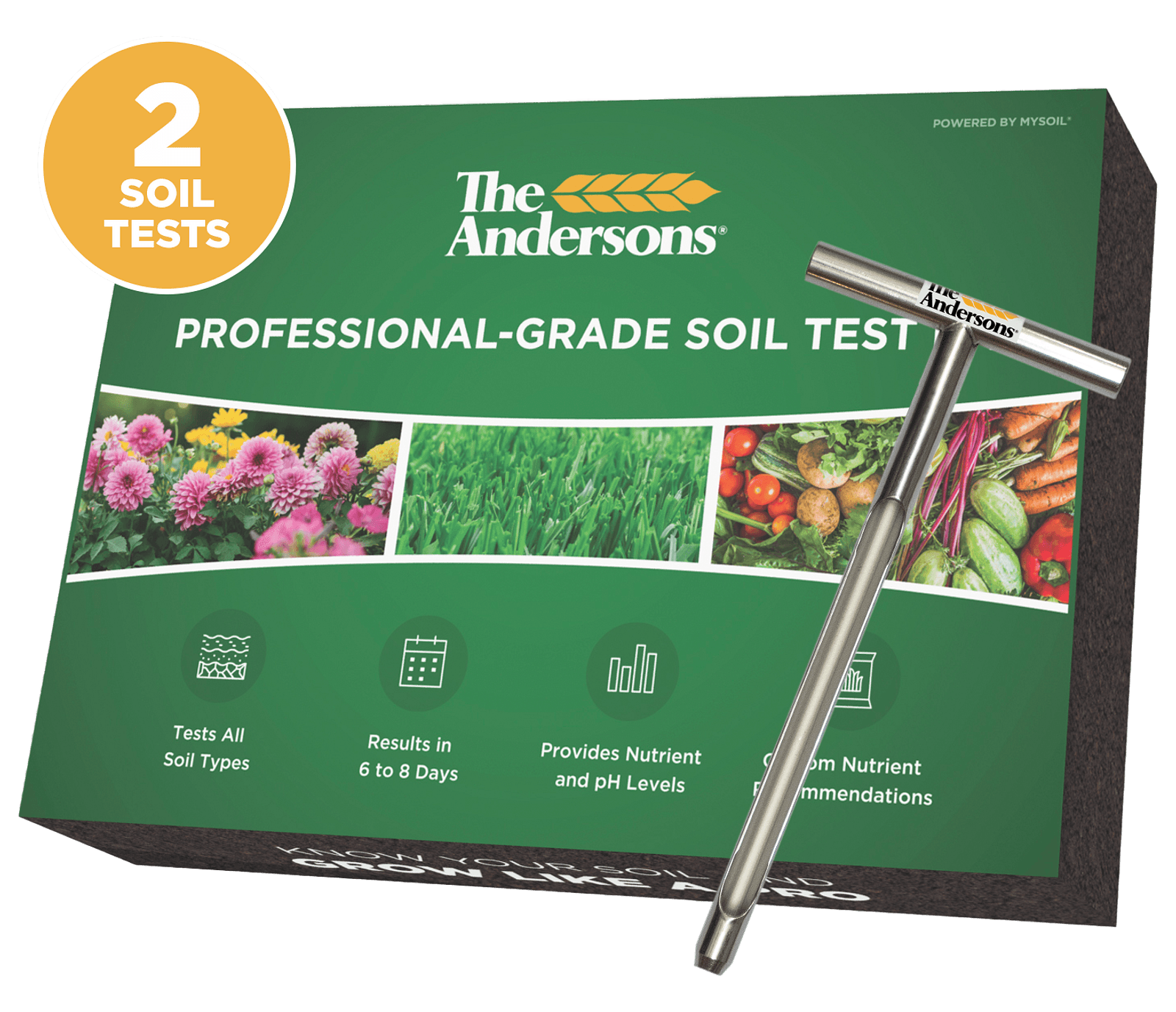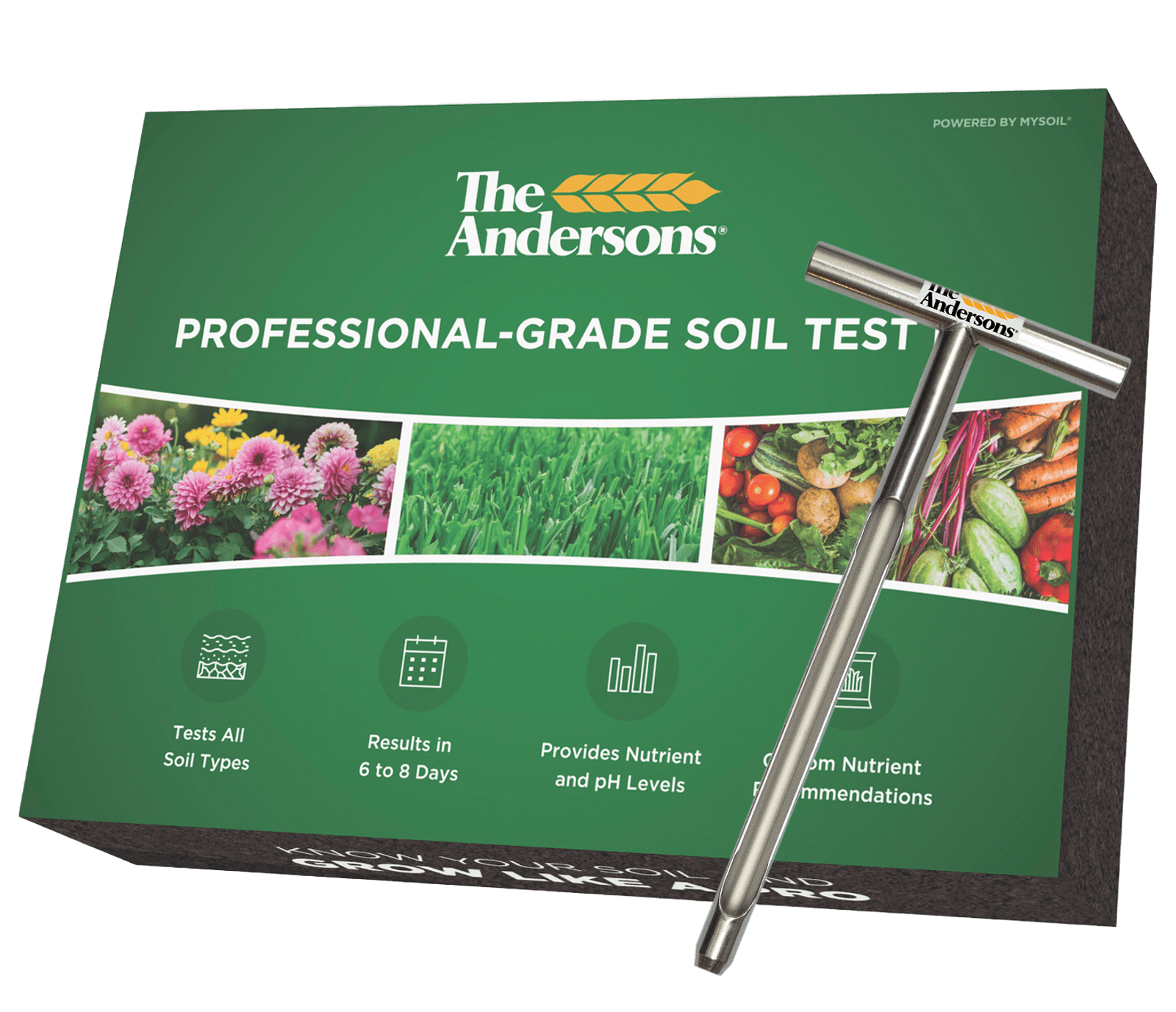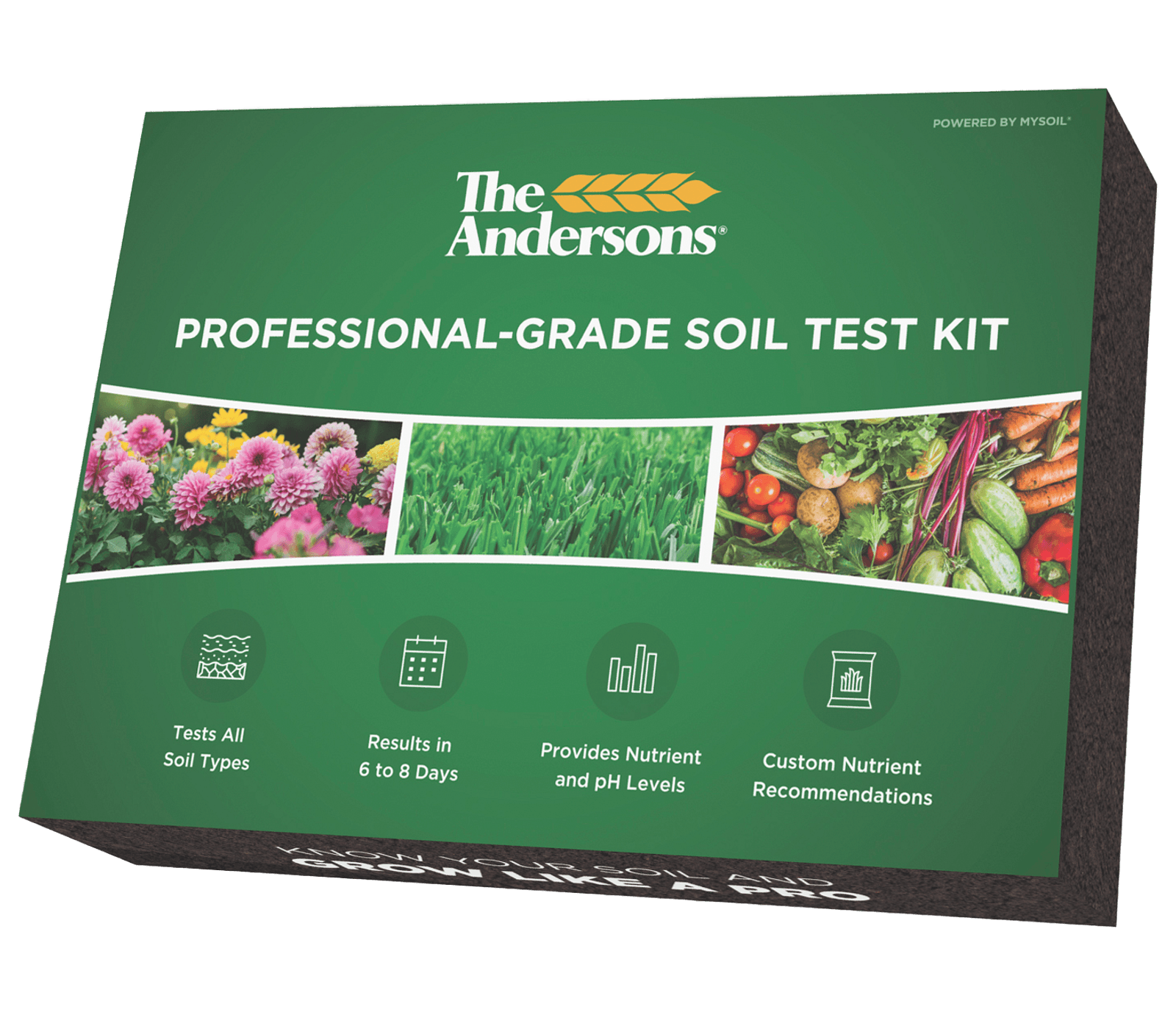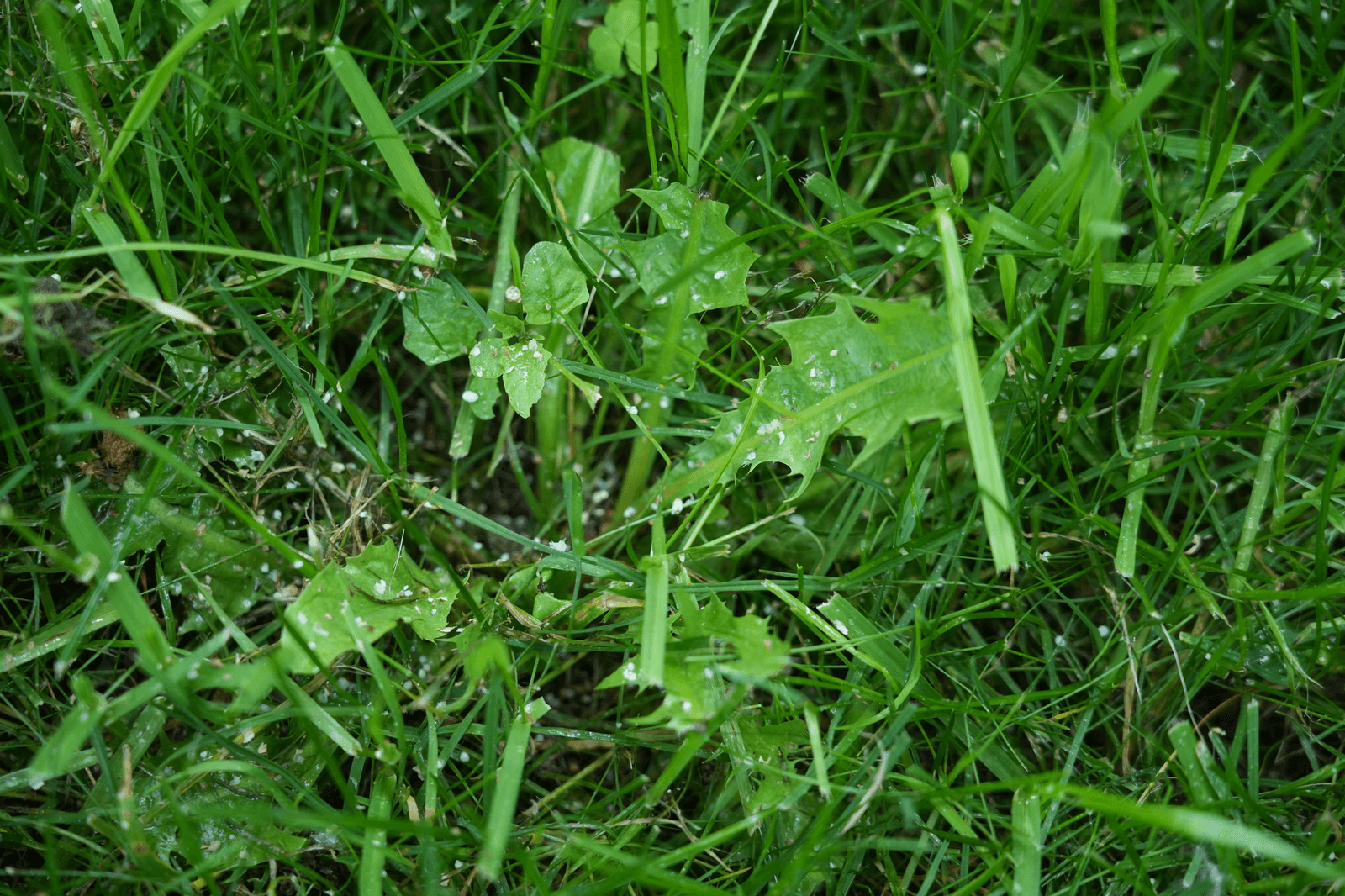When choosing a fertilizer, you will see an analysis of three numbers on the bag, such as PGF 16-0-8. These three numbers are often referred to as "the NPK", which show the percentage of Nitrogen, Phosphorus and Potassium in the fertilizer's formula. No macronutrient is more important than another, as they are all essential for plant life. However, the amount required of each varies greatly. Let's take a deeper dive into what each of these nutrients does for your lawn and plants.
N is for Nitrogen. Nitrogen is the mineral nutrient that your lawn requires in the greatest quantities. The dry weight of a grass plant, and thus, your grass clippings, is 3-5% Nitrogen, which is why turf scientists recommend not bagging clippings (“mow it high and let it lie”). If your lawn is looking yellow or pale, it most likely is lacking nitrogen. Nitrogen is what is going to promote a green-up and give it liveliness. Lack of growth, poor color, and certain fungus diseases are indicative of lack of nitrogen. Again, too much N can cause more harm than not enough N. The key is to apply the right amount on a schedule.
P is for Phosphorus. You will see a higher percentage of phosphorus in starter fertilizers, as this nutrient helps the plant in energy production and enhances root growth and strength. Many soils have adequate levels of phosphorus, but only a small percentage of it is available to the grass roots because it gets tied up in insoluble forms. Usually that small percentage is still enough to sustain the grass with the P it needs, without the need for phosphorus fertilizers. For example, a small percentage of P, like the amount in PGF 16-4-8, is typically sufficient.
K is for Potassium. Potassium is needed for the overall health regulation of the plant. It regulates how the grass respirates and transpires, which generally equates to its ability to withstand stress. Plenty of K also contributes to turgidity, or cellular internal pressure, that will be seen as a more upright growth habit. In sandy soils, light applications of K should be done regularly throughout the growing season.
Fertilizing adds nutrients to your lawn, but you may not necessarily need to add all three. Each of these three macronutrients can already be found in your soil, however, without a soil test, it can be hard to know how much of each is available for the plant. More nutrients do not equal a healthier lawn. In fact, too much of one nutrient can be toxic to your lawn and could lock up the grass from benefiting from the other nutrients. You want your grass to have a balance of all three, and a soil test will help you determine how you can achieve this balance.
A soil test will report all essential nutrients except Nitrogen. Nitrogen should be applied as a regular program with a prescribed target amount of N for the year; around 5 lbs. of N total per year is typical. The other essential nutrients should be applied only as needed based on the soil test, and no nutrient should be applied in excess. We have soil tests available here, or you can have a soil test done by contacting your local extension office.
To learn more about soil tests, read here.






